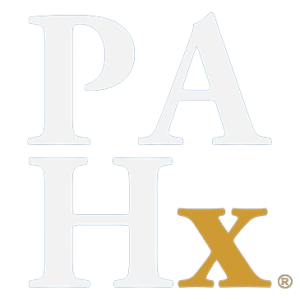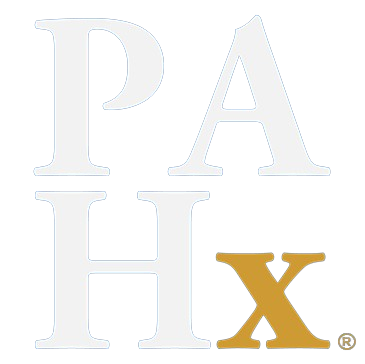As Professor of Surgery at the Albert Einstein College of Medicine, and Chief of Surgery at its major teaching hospital, the Montefiore Medical Center, Marvin L. Gliedman, MD, played a pivotal role in employing physician assistants (PAs) as members of the surgical house staff and developing the country’s first postgraduate surgical PA residency program. He was born in 1929 and reared in Brooklyn, NY as an only child whose family was in the lighting fixture business. He attended Syracuse University where he captained the University’s fencing team. By taking extra credits each semester, he was able to graduate Magna Cum Laude in three years.
He started his medical training at the State University of New York, Downstate Medical School, where he spent a good portion of his senior year involved with research projects in the Surgical Research Laboratory. He interned at the University of Minnesota, and returned to Downstate and the Kings County Hospital Center to begin his residency in general surgery. After one year, he entered the Navy, and was assigned to St. Albans Naval Hospital in Queens, NY where he was asked to establish a pulmonary laboratory. He convinced his superiors that a first-rate pulmonary lab required a cardiac catheterization function, and established the first one in New York City. A team of Navy medics, whom he trained, preformed the catherizations. One of the medics was trained to recognize premature atrial contractions, and sat by the monitor calling out, “PAC!” whenever appropriate. The second recognized PVCs and did the same with them. The third, the leader of the team, introduced and advanced the catheter. The last member of the team monitored the pressures. All this was 15 years before the advent of the PA concept as we know it today.
While at St. Albans, Dr. Gliedman managed a monthly pulmonary clinic at the U.S. Public Health Service Hospital on Staten Island, which later became the site of the Purser Mate Marine PA Program (established in 1970). Since his two years at St. Albans counted as part of his residency, he returned and completed his final two years of residency at Downstate. It was during this time that he developed a close working relationship with Dr. Richard G. Rosen, a junior resident, who would later assist him in employing and training PA residents. In January, 1967, Dr. Gliedman was appointed Professor of Surgery at the Albert Einstein College of Medicine, and Chief of Surgery at its major teaching hospital, the Montefiore Medical Center. Dr. Rosen was recruited as his second-in-command. In 1971 Dr. Gliedman became chairman of the Combined Departments of Surgery at the Medical School and Surgeon-in-Chief at the four major hospitals in the complex: Montefiore, the Weiler Hospital, Bronx Municipal Hospital, and the Lincoln Hospital. When North Central Bronx Hospital was built, it replaced Lincoln which reverted to community control.
Concerned about both the over-production of surgeons through post-graduate education, together with the increasing complexity of surgical care and surgical practice, Dr. Gliedman seized upon the idea of exploring the use of physician assistants to solve both problems. In 1970 he sent Dr. Rosen to Duke University to investigate the nature and level of PA education, and, if appropriate, recruit a few PAs to work at Montefiore. They wanted to determine if PAs could function as members of the surgical house staff. The first two Duke-trained PAs arrived at the Medical Center in 1971. Based upon their success, additional PAs were hired each year to replace, on a one-to-one basis, some of the surgical house staff. One of the first PA recruits, Ms. Clara Vanderbilt, joined Dr. Gliedman and Dr. Rosen to establish the first PA surgical postgraduate program in the country. Today, Montefiore Medical Center employs over 200 PAs, more than any other institution.
Dr. Gliedman resigned as Chairman in 1991, although he stayed on the faculty and was actively teaching and operating up until two weeks before his death in November 2001. He had a cultivated appreciation of art, enjoyed the many galleries and museums in New York, and made it a point to sample the museums in each city he visited. Salt-water fishing was his main warm weather source of relaxation.
Acknowledgements: We thank Dr. Richard Rosen, Mrs. Natalie Gliedman and Ms. Clara Vanderbilt for their assistance in preparing and editing this biographic sketch of Dr. Marvin Gliedman. The photograph used in the banner is courtesy of the PA History Society.
When using information from this biography, please provide the proper citation as described within the PA History Society Terms of Use.



